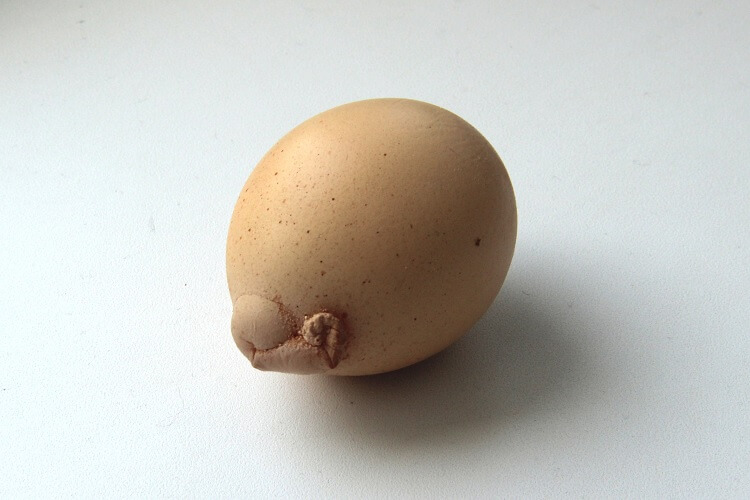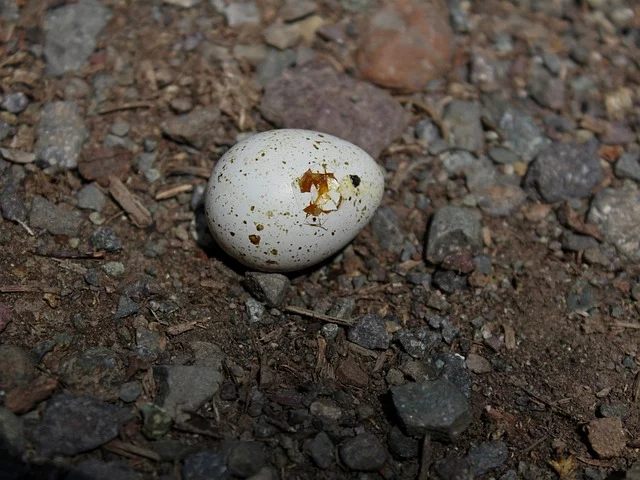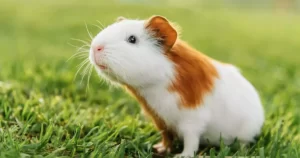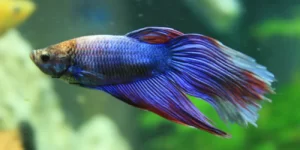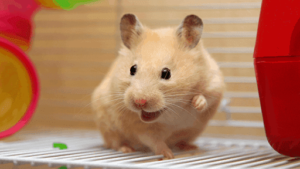Meet the Animals That Lay Eggs!
There are various species of animals that lay eggs as part of their reproductive cycle. These animals are known as oviparous and have a unique form of reproduction where the eggs are laid and incubated outside the mother’s body. Here are some of the main classes of animals that lay eggs:
- Birds: Birds are a group of animals known for their ability to lay eggs. Most birds have a cloaca, a common opening for waste elimination and egg-laying. Bird eggs are covered by a hard shell that protects them and provides a suitable environment for embryo development.
- Reptiles: Reptiles such as lizards, snakes, and turtles are also oviparous. They deposit their eggs in suitable locations such as nests or burrows in the ground, where the eggs can be incubated.
- Fish: Some fish are oviparous, meaning they lay eggs to reproduce. There are various reproductive strategies in fish, including releasing eggs into the water where they are fertilized externally, and constructing nests to protect the eggs. Examples of oviparous fish include trout, salmon, and many species of tropical fish.
- Amphibians: Most amphibians, such as frogs, toads, and salamanders, are also oviparous. They deposit their eggs in bodies of water such as ponds or marshes. The eggs are surrounded by a gelatinous substance that protects them and helps keep them moist. Subsequently, tadpoles develop from these eggs and undergo metamorphosis to become adults.
Keep reading about: The Egg Laying Wonders
- Insects: The majority of insects are also oviparous. Females deposit their eggs in different locations depending on the species. For example, some flies lay eggs in decaying flesh, while butterflies may lay their eggs on specific host plants.
- Echinoderms: Some echinoderms, such as starfish and sea urchins, are oviparous. They release their eggs into the water, where external fertilization takes place.
- Mollusks: Many mollusks, such as snails and slugs, are oviparous. They lay their eggs in casings or gelatinous masses that are deposited on surfaces like plants, rocks, or soil. These eggs hatch into small larvae that develop into adult mollusks.
- Marine Reptiles: Some species of marine reptiles, such as sea turtles, crocodiles, and alligators, are oviparous. Sea turtles, for example, lay their eggs on beaches by digging nests and placing their eggs inside.
Read more about pets.
Read more about dog treats.
